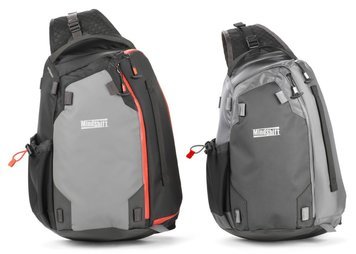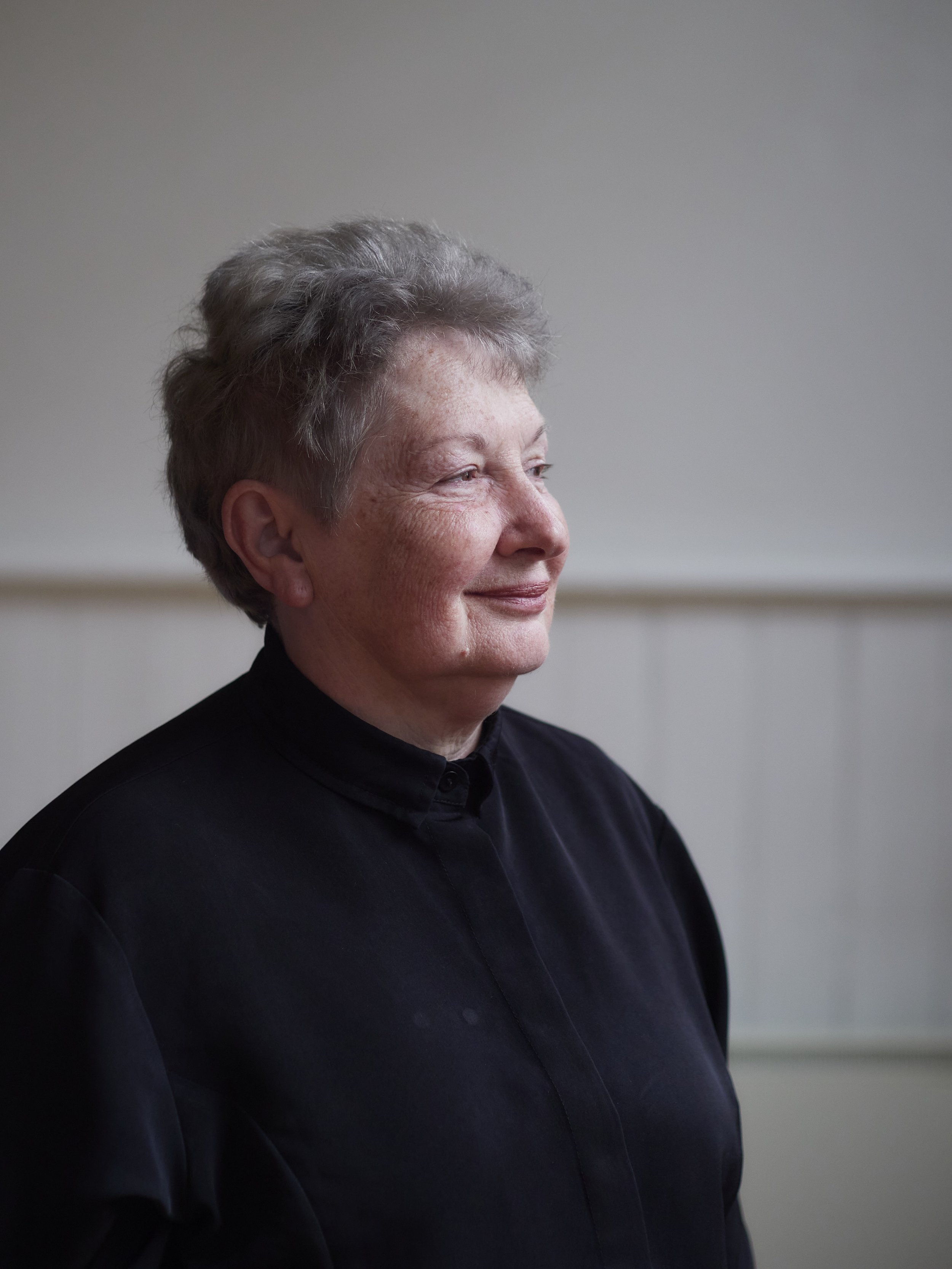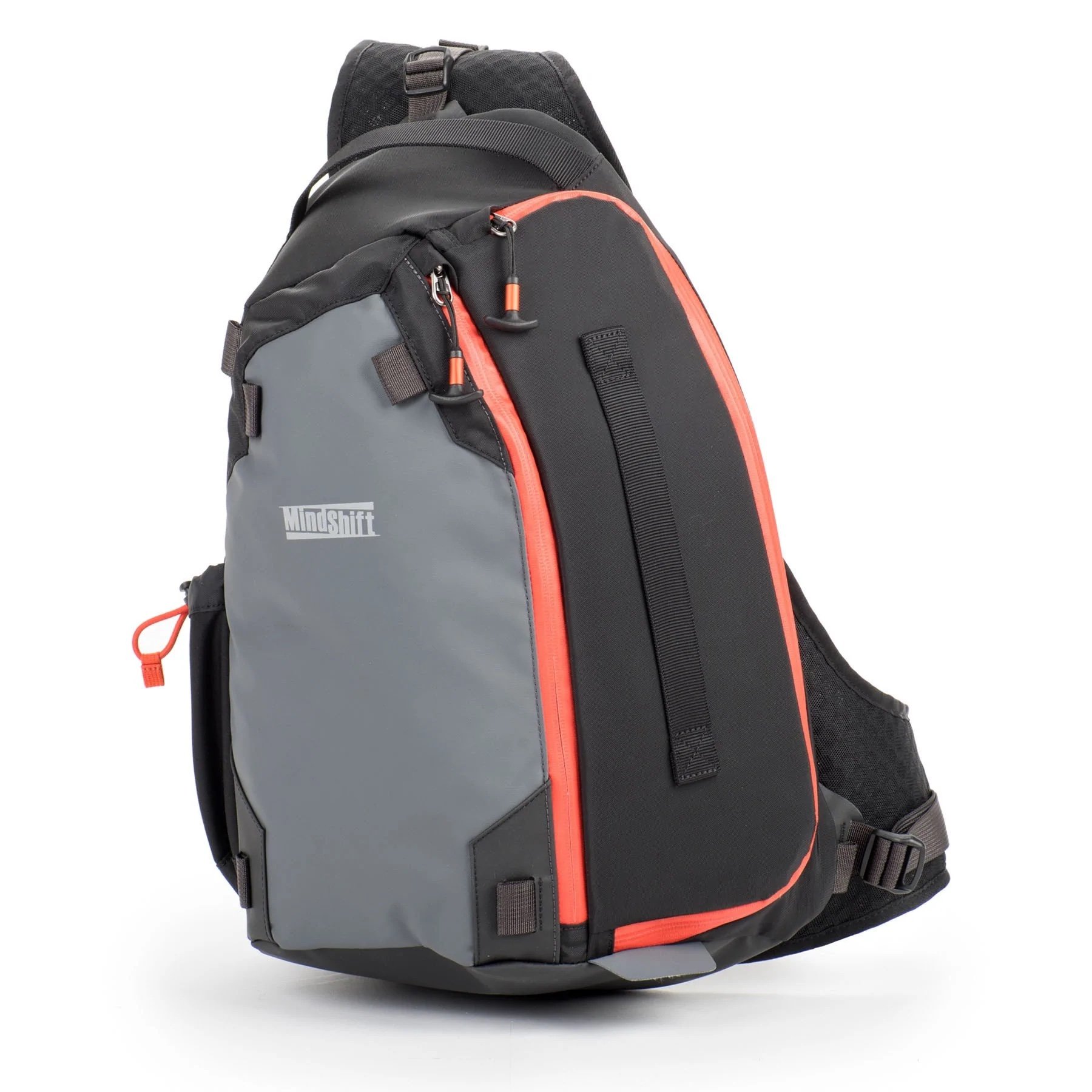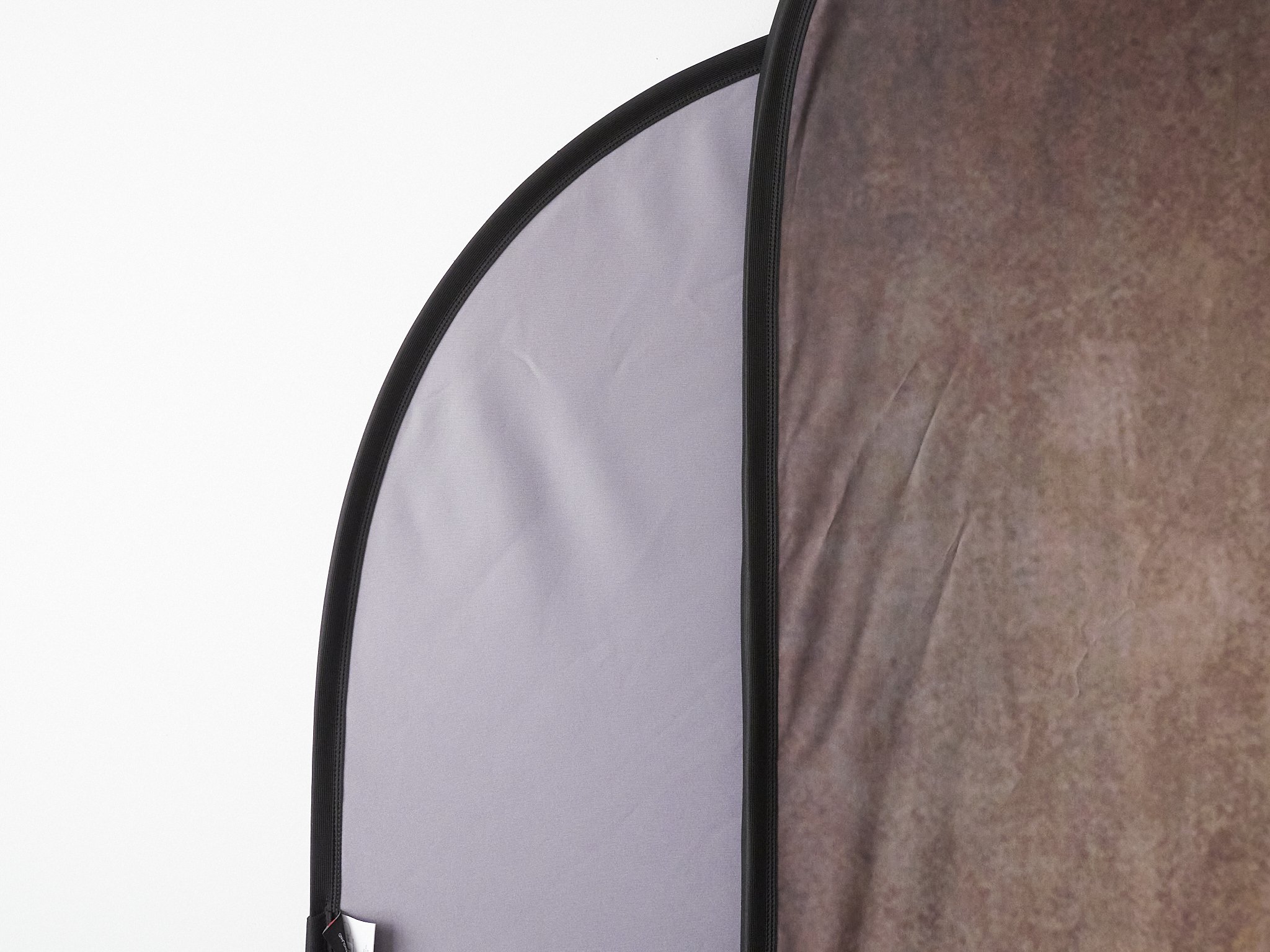The Mindshift/Thinktank Photocross 13 eluded me and at the time it was a little disappointing because I really felt it would be a problem solver, but on second thoughts, maybe it was, like a lot of things, a win in disguise.
Originally I wanted a bag that could take my sports kit, but realistically that may have been unworkable. The PC13 would have still struggled with gripped bodies (EM1x), even M43 ones, so I would have had to break down combinations, defeating the purpose of the exercise and not really achieving anything over the LP Pro Tactic 350 or other options (Domke F-804).
The Turnstyle if it was compared looks to be the next incremental drop down in size.
Looking at my day kit, trying to change up the heavy bag on the shoulder dynamic, I decided instead to use my TT Turnstyle 10L as the base, hopefully working from the sling “workbench” with ungripped cameras and a few lenses. The F-2 Domke is nearly perfect, but it is still a shoulder bag.
The Photocross 10 kept coming up a few times when I went looking for alternatives and it has a few benefits compared to both the PC 13 and TT 10.
The mouth is wider, so easier to work with gear and maybe even a two camera kit again. The TT10 is surprisingly big inside, but the two ends can get a little cramped even with the zip fully open. The PC10 is more of a three sided-flap opens forward setup rather than a single sided “gaping mouth” zip. The TT is a better travel bag, a little more secure, but the PC may be the better work bag.
It is a little bigger than the TT, squarer and deeper. It may even be big enough to effectively do what I wanted with sports, a job the TT10 is almost big enough for, but a touch more room (especially height) would make a huge difference. When I did the basketball recently, the TT10 easily took my spare lenses and accessories, even taking my second body, but not in ready-to-go form and it was a little cramped when I went to add a flash.
One helpful reviewer compared the PC13 to a Domke F-2, and they were basically the same volume if very different shapes. This means that if the PC10 is 80% of that, which it looks to be, then it should take my cut down kit, maybe even a smaller sports kit*.
The other small benefit, apart from the fact it is actually available, is that it is a fair bit cheaper. About $70-80au on average. If I love it, I can then gauge the chance of the bigger bag working and I can get some idea of the weight when loaded, so the PC13 may come later.
*For football I intend to use the 40-150 f4 instead of the f2.8, which will change things.



































































































































